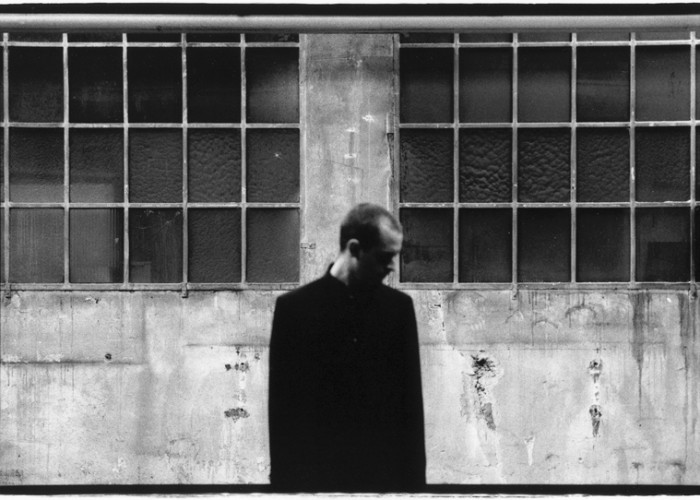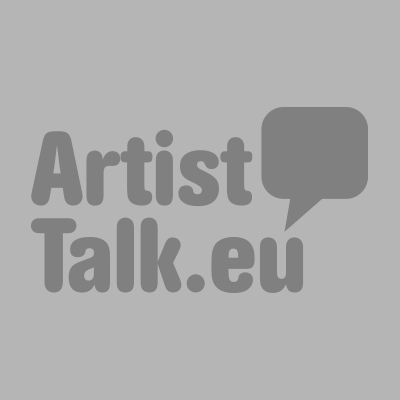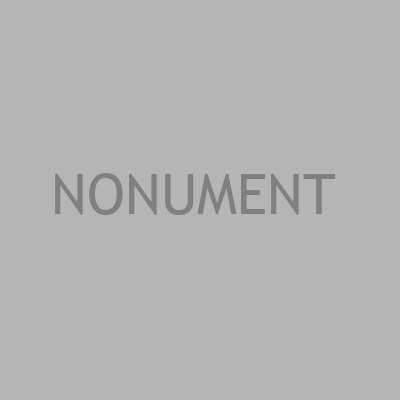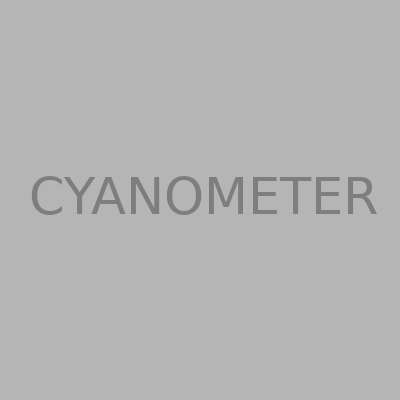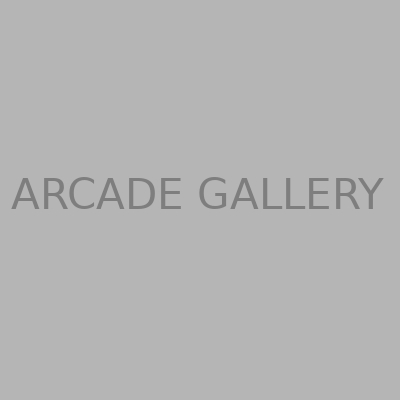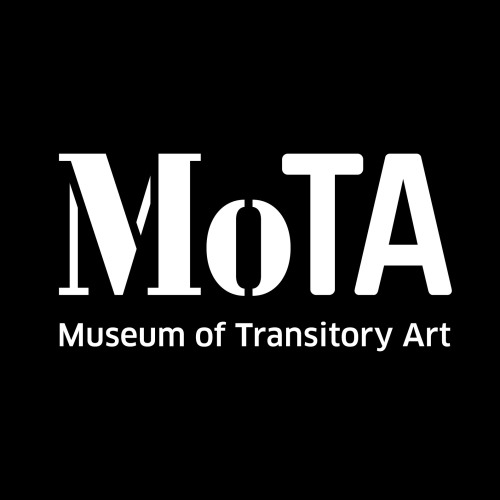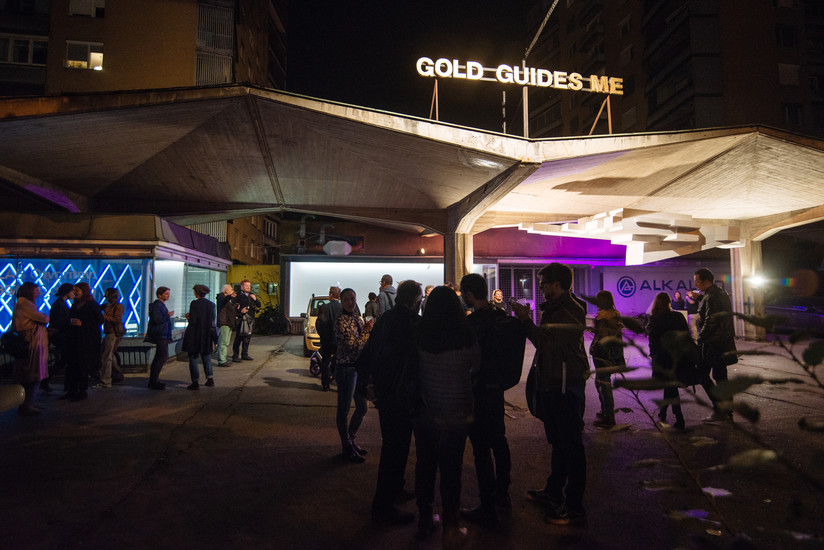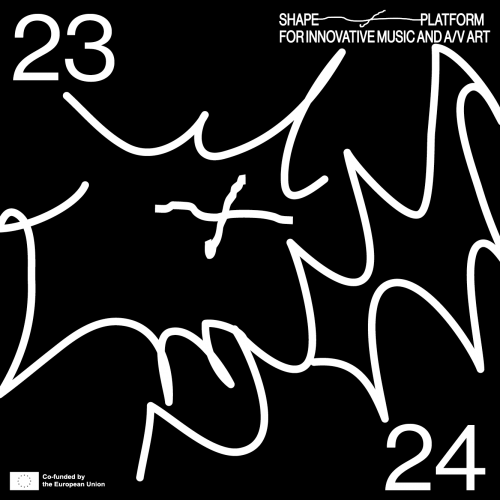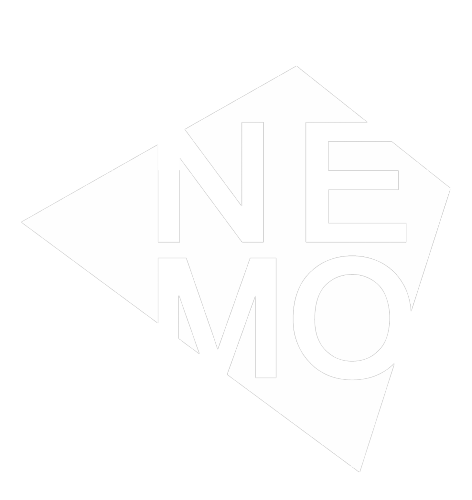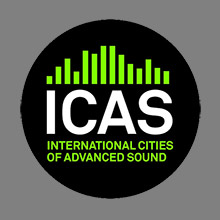Zimoun is a visual and sound artist from Switzerland. Using plain industrial materials, such as cardboard boxes, he creates monumental sound interiors, which immediately capture the viewers with their reserved and strikingly simple beauty. His installations are anonymous and non intrusive, yet they are overwhelming in scale and captivating in sound.
They seem to reveal to the viewers an underlying code behind all nature, and expose the nature and softness of the most raw and simple structures. Zimoun’s work has been exhibited widely throughout Europe and the world.
Where does the name Zimoun come from?
When I was a teenager a friend of mine created the name Zimoun as a nickname for Simon. First it was only her calling me like that, then others started to use it too and later on I kept it as my artist name.
You have a solid body of work, everything seems to be very well connected. What did you do before that?
Since I was a kid I was always interested in exploring sound, making music, playing instruments, creating compositions as well as in visual practices like doing paintings, cartoons, photographs, experiments with old Xerox copy machines and so on.
For as long as I can remember, I was always fascinated and intrigued by being active in the fields of sound, music and visual creations. I always had an interest in sounds of materials. Later I started to do multi-channel compositions, based on physical noises I recorded first and worked with on the computer. For instance, the sound of paper as a base to create compositions and to explore its sounds and dimensions.
After a phase working that way the next question was how I could create these sounds in the space itself, without recording them first and playing the composition back into a physical space over speakers afterwards. I was always interested in reductive methods and principles, in simplicity and immediacy, as well as in materials and aesthetic elements. So the next step was to start generating those material based sounds in real time and space.
Your studio is based in Bern and seems like it has a nice group of people working together. Would you say you are working on a collaborative basis or have you started working solo and then involved other people?
When I started, I was alone, but also did some collaboration with other artists. Sometimes for a particular project, sometimes for a series of works. Today I have a team of great people helping me to realize the projects. Aside from that, I’m still collaborating with others. For instance I collaborate on several new pieces with the architect Hannes Zweifel.
What are you most interested in regarding multiplicity of forms and ready made industrial objects?
On one hand I’m interested in space and in transforming and creating space, in elements of architecture and in perception of space. I am also interested in common and somehow unspectacular materials, in simple everyday materials like cardboard or raw, industrial materials. On the other hand, I’m interested in how these materials sound, in the somehow “living” sound textures, in very simple systems and principles which generate an almost “organic”complexity. It’s an interest in systems which are based on small, individual micro events, but then combined into a larger system. The resulting composed system then becomes complex, but also preserves the simplicity. That’s one reason I’m often using multiplication as an element in my work.
How would you define the relation between sound and object(s) in your work? On one hand you build a solid object in space, but on the other you combine it with the element of sound, a transitory medium that defies borders.
Actually I see those elements more as a result of a unity, of the piece itself rather than two mediums or combined elements. What you hear is what you see. And what you see is what you hear. Very simple and direct. The visible material and the mechanical system are generating the sound. It’s not like putting something into a space (visible materials) and then adding a sound to it or the other way around. The sound is based on the material itself as well as on the resonance properties of the space, its architecture and materialization. You hear the material and the space and that’s also what you see. Actually you also smell it. Both together obviously create the space or define space in which they are represented.
In many ways your work seems site-specific, but it could also be presented in other spaces. What is your basic relation to space and how do you approach it in your work(s)?
Getting a piece ready for a specific show is normally a mix of different things. For example, the work often starts with a specific space that I am invited to present in. I think about the possibilities of how to work with the space, how to use it as a body and what kind of piece would make sense in relation to that particular space. But also in relation to the time we have to realize it and the available specific budget, how many people to help to set-up would be available, and so on… there are many different factors. At the same time there are always some ideas waiting in the pipeline. For example, working with a specific material or a specific kind of prepared motor, or perhaps a physical movement, behaviour or sound. Many ideas often buzz around at the same time. I pick out small, single elements that seem to be most interesting in relation to the specific situation or space. We then begin making experiments and prototypes and sometimes the process even turns into a totally unexpected direction.
If we have a closer look at the element of sound in your works, we see that they are based on mechanical objects used on various objects and surfaces, creating small repetitive sounds, micro rhythms, which become complex through their multiplication, irregularities, etc. Could you tell us more about the relation between repetition, rhythm(s) and multiplication?
I often work with a simple system, based on simple elements. For instance, in a current series of works I’m using a cardboard box and a prepared dc-motor as the main element. The sound is generated by the combination of the box and the motor, or let’s say by the movement and the contact happening between the box and the prepared motor. This element consisting of a box and a motor is put together in a way that some chaos or randomness is happening while it is activated.
For instance, a small ball connected to a motor can produce very irregular rhythms and patterns, depending on the speed of the motor and the materials used, for example the material of the connection between the motor and the ball. The box itself is amplifying the sound of the movement since the ball is touching the box, but the box is also influencing the sound through the resonance properties of the cardboard, as well as the empty space inside the box. In this example we now already have a simple system with a complex behavior, just watching this single element. Then I’m using this element to build a sound architecture or sculpture. I’m multiplying it to be able to work with several individual sound sources in the space.
Putting several of those elements into the space results in a sound room, a three dimensional sound space. You can walk in it or around it and it is similar to a multi channel sound system.
On the other hand, the complexity of the sound textures is growing again trough the multiplication, since each element already has its individual behavior and several of them together are getting again more complex in the sound textures they produce together. It starts to feel somehow organic and alive.
And then as a next step I often use the boxes as constructive elements in an architectonic sense. For instance I’m using this elements of boxes and motors to build a space inside the existing space or to transform space. This constructed space then is getting sculptural as well as architectonic qualities, but at the same time it’s one complex sound system you can enter and explore. And, if you have a look at it, it’s still very simple and comprehensible in its setup and function. What you hear is what you see.
You have been recognized both in the so-called media art world of festivals and in the contemporary art world of galleries. How do you deal with the differences, would you say there is a big gap?
I can’t answer this question generally. There are similarities, and there are differences. There are festivals overlapping with the contemporary art world, others not, and so on. In both fields there are great people realizing great things, and bad ones realizing bad things, too. Generally I don’t think that thinking in categories is helpful. Neither to think in categories like festivals or galleries or art museums, nor in categories like media art, contemporary art, and whatever.
I think it’s enough if we all just try to do the best and keep working on getting better and better. It’s great to meet people having such an attitude and to collaborate with them. It allows the realisation of good stuff. Whether they are organising a festival or a contemporary art show doesn’t matter at all. It’s more a question of how they do what they do, with which quality and energy. The same goes for categories in art. If I see a great art piece I don’t think about the category you could place it in. I’m just happy seeing it and thankful it was created. And if it’s a bad piece, it doesn’t help to think about the category, either. I think categories often are just a bad excuse not to really look at the things themselves.
Is there anything you wanted to do for a long time but you might never realize?
Yes, there is this very comfortable and silent chair to sit on and fly around. Or to have this totally amazing idea which is much better than any idea I will ever have, but which I will never have. Too bad!
What are your main references? Do you admire other visual artists or musicians? Or are you inspired by completely different things?
Well, I get inspired by all kind of things from the world I’m living in. It can be art, but also food, nature, physics, materials, people, thoughts, science, systems and principles, philosophy.
Do you have any problem with contemporary art?
Yes indeed, creating contemporary art generates many problems and I’m happy to work on trying to fix them daily! If it works out, it can turn into an art piece, and if not, sometimes too.

